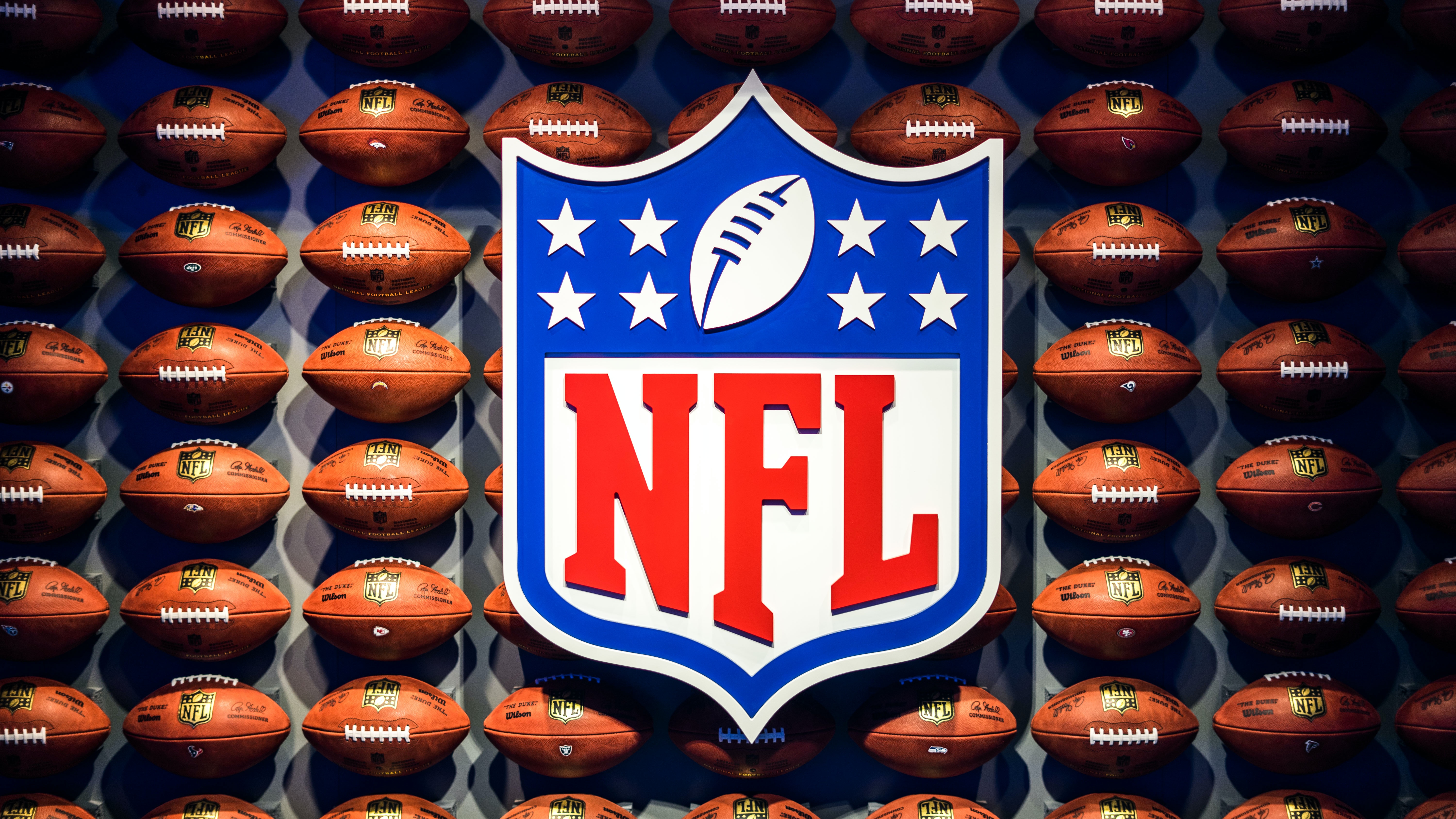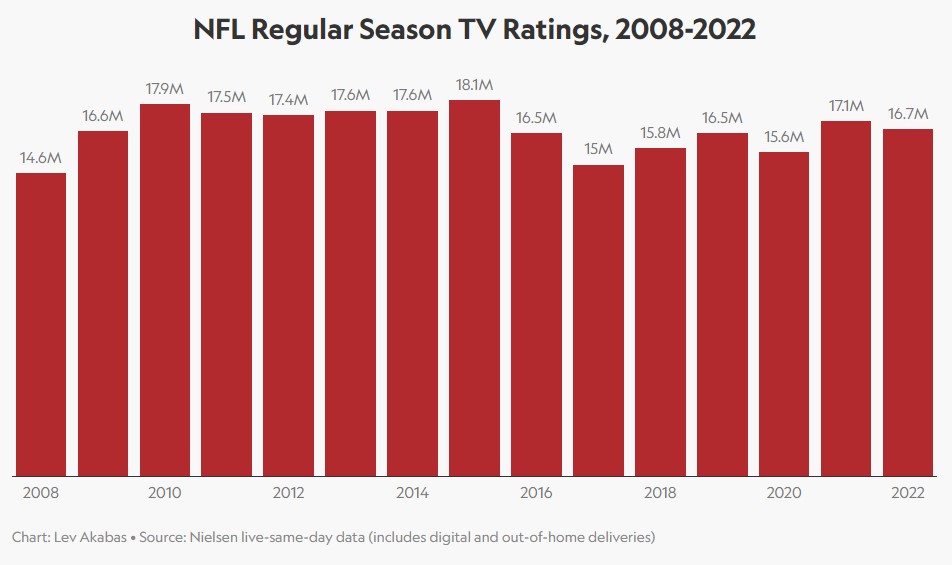Though the National Football League's viewership recovered after the 2020 season, ratings have yet to return to the NFL's “golden-era” between 2010 and 2015. Why aren't people watching professional football anymore and how is the NFL trying to win back our attention?

Photo by Adrian Curiel on Unsplash
The End Of The NFL "Golden Era"
The NFL dynasty was in full force in 2015, averaging 18.1 million viewers per game. But like all great dynasties, the NFL's five-year reign over the land of television came to an end with a 8.8% slip in ratings just the next year. And after looking at all that transpired during the 2016 and 2017 seasons, the drastic decline in viewership adds up.
In August 2016, Colin Kaepernick protested racial injustice and police brutality (specifically, the death of Mario Woods) by taking a knee during the national anthem. Not only did he inspire other NFL players to do the same, but he also sparked an overdue national conversation about race in America, a conversation Americans, supposedley and regretfully, weren't ready to have (that is, until 2020). A 2016 study done by Ramussen Reports claims almost a third of surveyed participants were “less likely to watch an NFL game” because of the protests. Add on top of that the fact that 2016 was an election year (with the most controversial candidates in recent memory), and Americans started to resent the overflow of politics into their entertainment.
Beyond the politicization of the League, watching the NFL got boring. With game runtimes averaging 3 hours 7 minutes and 8 seconds (despite only 11-15 minutes of actual play) and the average scoring margin creeping above 5 points for the 2017 season (comparatively high to the 3.5 margin recorded for the 2022 season), audiences weren't sticking around to watch a 46-9 Rams/Colts blowout. They were going elsewhere. And by 2017, those options were endless given the rise of streaming over live TV.

Graph presented by Sportico
The NFL Goes On Offense
The NFL had no other choice but to address each of the issues plaguing viewership. Commissioner Roger Goodell reaffirmed the League's political agnosticism, 2 two-and-a-half minute commercial windows were removed from each game decreasing game run-time, and the NFL had its fingers crossed, hoping games would become more competitive (or maybe they just paid the refs to fix games?). The changes helped. Viewership climbed until 2020 (which still had better ratings than 2017), and then leveled off around 17 million viewers per game. With no substantial political shake-ups and more efficient and competitive gameplay over the past two years, it's confusing as to why the NFL hasn't surpassed viewership from nearly a decade ago. It's confusing to the NFL too. That's why they've given up on winning back our attention.
The NFL In The Global Market
The League is done exhausting its strategic efforts and resources to bolster lukewarm viewership at home. Instead, they want to focus their energy on the global market where there exists loads more potential viewers. It's a smart business move and one the league is executing well. Not only has the NFL established talent development programs in China to inspire the next generation (and their parents) to take interest in American football, but they've also placed greater emphasis on the International Series which exposes the league to foreigners in London, Germany, Mexico, and Canada where games are hosted. As a result of these efforts, global ratings for this year's Super Bowl rose by 7% and American football has become the second most popular sport on free German TV, only behind soccer. In 2023, the League has doubled down on their expansion into the global market, scheduling 5 games abroad, two of which will be in Germany.
We might just be on the precipice of a new “golden-era” in American football viewership, one powered, ironically enough, by non-Americans. Only time will tell.
Abmeldung,
The Monochrome Man